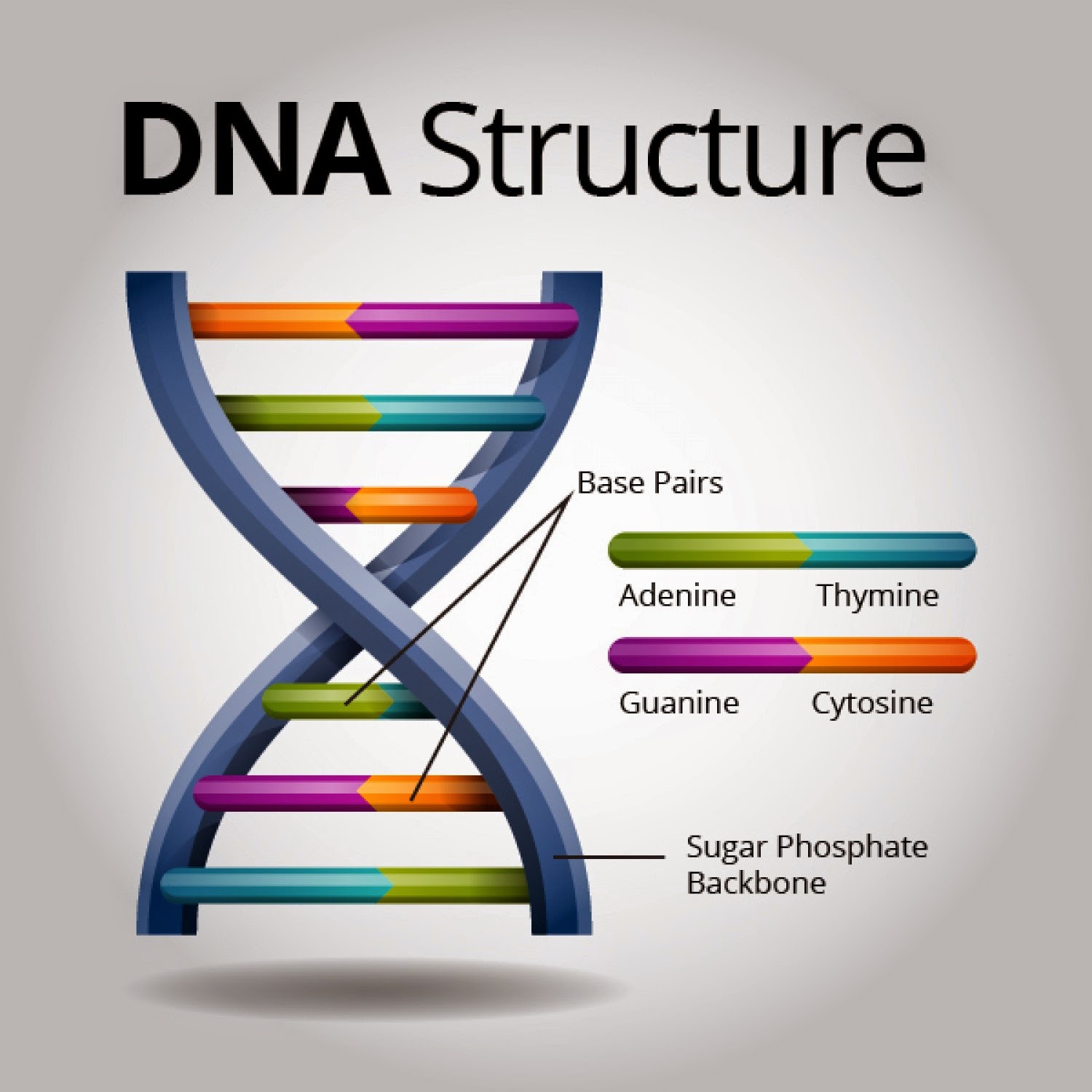The narrative surrounding the genesis of DNA technology is often simplified, potentially eclipsing the intricate global tapestry of scientific discovery that underpins its evolution. It’s a common misconception to pinpoint a single nation, such as the United States, as the sole progenitor of this revolutionary field. The truth, however, resembles a complex braid, interwoven with contributions from researchers across numerous continents and spanning several decades.
To unravel this historical puzzle, we must first delineate what constitutes “DNA technology.” Is it the initial unraveling of DNA’s structure, the advent of gene sequencing, the development of recombinant DNA technology, or the more recent CRISPR-Cas9 gene editing revolution? Each of these milestones represents a distinct chapter in the ongoing saga, and attributing them solely to one nation would be an egregious oversimplification. Each has a separate origin story, all merging together to create modern DNA Technology.
Let’s consider the very foundation: the elucidation of DNA’s double helix structure. While James Watson, an American, and Francis Crick, a Briton, are often credited with this monumental achievement, their work heavily relied on the X-ray diffraction data meticulously collected by Rosalind Franklin and Maurice Wilkins, both British scientists. Franklin’s contribution, in particular, was pivotal, providing the crucial “photograph 51” that revealed the helical nature of the molecule. Therefore, even the bedrock upon which DNA technology rests is a collaborative Anglo-American endeavor. It’s not only about crossing borders but crossing expertise and thought.
The subsequent development of recombinant DNA technology, a cornerstone of modern biotechnology, also boasts a multinational heritage. In the early 1970s, Stanley Cohen, an American, and Herbert Boyer, also an American, demonstrated that DNA could be cut at specific sites using restriction enzymes and then ligated (joined) together, creating novel combinations of genetic material. This breakthrough, often considered the genesis of genetic engineering, did occur in the United States. However, the story does not end there.
The discovery and characterization of restriction enzymes themselves were not solely American achievements. Scientists worldwide contributed to this crucial area. Werner Arber, a Swiss microbiologist, shared the 1978 Nobel Prize in Physiology or Medicine for his discovery of restriction enzymes. His work, preceding Cohen and Boyer’s, laid the groundwork for the development of recombinant DNA technology. Arber’s work illuminated the immune mechanisms of bacteria, discovering that they use restriction enzymes to cleave the DNA of foreign invaders such as viruses. Therefore, the tools that Cohen and Boyer deployed were refined by researchers in Europe.
Furthermore, the application and refinement of DNA sequencing techniques involved a global network of researchers. Frederick Sanger, a British biochemist, developed the chain-termination method of DNA sequencing, a technique that revolutionized the field and earned him a share of the 1980 Nobel Prize in Chemistry. Sanger’s method, while further developed and automated by others, formed the basis for much of the early genome sequencing efforts around the globe. He, among others, transformed the field.
The advent of polymerase chain reaction (PCR), a technique that allows for the amplification of specific DNA sequences, is another pivotal moment. Kary Mullis, an American biochemist, conceived of PCR in the 1980s, a discovery for which he was awarded the Nobel Prize in Chemistry in 1993. PCR has become an indispensable tool in molecular biology, forensics, and diagnostics. However, the impact of PCR was maximized due to global access to the method. It should be noted that many PCR applications are in developing nations, who are able to use the technology for disease diagnosis, for example. This illustrates how US invented technology is used worldwide.
The Human Genome Project, an international scientific research project aimed at determining the complete DNA sequence of the human genome, exemplifies the global nature of DNA technology. Launched in 1990 and completed in 2003, this massive undertaking involved researchers from numerous countries, including the United States, the United Kingdom, Japan, France, Germany, and China. The data generated by the Human Genome Project has had a profound impact on our understanding of human biology and disease. The Human Genome Project involved so much data that special methods had to be created to store and distribute the data. Again, scientists from around the world helped to create those methods.
Even the more recent CRISPR-Cas9 gene editing technology, a revolutionary tool that allows for precise modification of DNA sequences, has a complex origin story. While Jennifer Doudna, an American biochemist, and Emmanuelle Charpentier, a French microbiologist, are often credited with the development of CRISPR-Cas9, their work built upon decades of research by numerous scientists around the world who studied bacterial immune systems. These scientists observed that bacteria use enzymes to fight off infections by viruses. It was Jennifer and Emmanuelle that found the mechanism to use those enzymes to rewrite genetic material in human cells, not just bacteria.
In conclusion, while the United States has undoubtedly played a significant role in the development of DNA technology, attributing its invention solely to the USA would be inaccurate and misleading. The field is a product of international collaboration, building upon the contributions of scientists from diverse backgrounds and nationalities. From the elucidation of DNA’s structure to the development of gene editing technologies, the story of DNA technology is a global narrative, highlighting the interconnectedness of scientific discovery and the power of collaborative research. Science is more than just a national accomplishment. It is a global accomplishment.










Leave a Comment